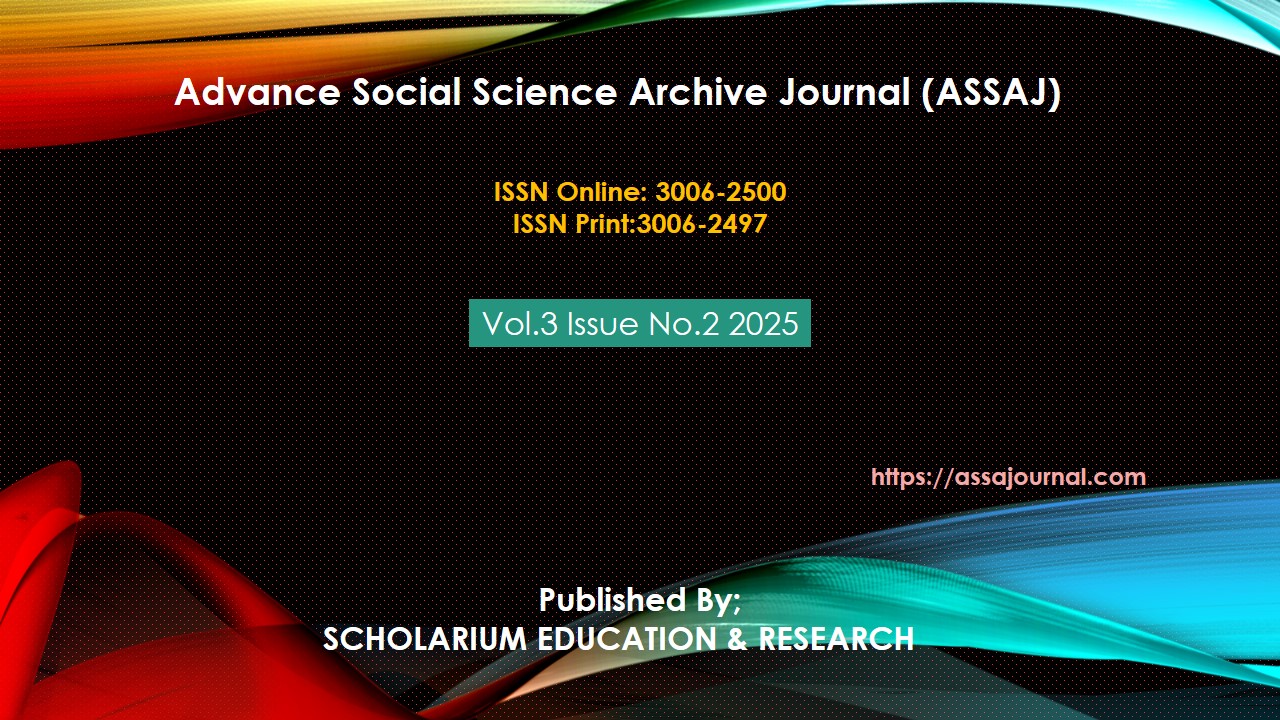The Dynamic Relationship between Ethical Leadership and Employees Creativity through Mediating Effect of Self Efficacy Approach
Abstract
The research investigates the three-dimensional relationship between Ethical Leadership (ELDS), Self-Efficacy (SEF) and Employees' Creativity (EMC) in educational institutions. The research based on structural model analysis demonstrates that ethical leadership improves both self-efficacy and creativity levels among employees. Ethical leaders establish a workplace safety environment that lets employees generate innovative ideas without fear of adverse consequences. The research demonstrates that self-efficacy functions as the key factor linking ethical leadership to creativity by showing that confident employees engage more in creative problem-solving. This research demonstrates that organizations should maintain ethical leadership standards because they create supportive work environments, which promote teamwork and risk-taking behavior. Higher education institutions must create programs for ethical leadership development since this enhances both employee engagement and workplace performance. The resulting evidence adds to organizational behavior studies by proving that ethical leaders both advance workplace creativity and build greater self-efficacy which produces enhanced organizational achievements. The study provides vital insights that guide leadership-training strategies to enhance educational innovation development programs.
Keywords: Ethical Leadership, Self-Efficacy, Employees' Creativity, Higher Education





